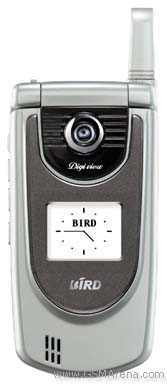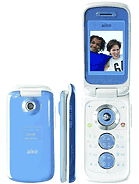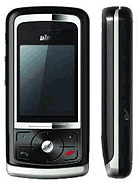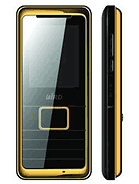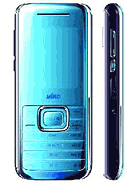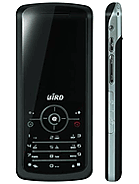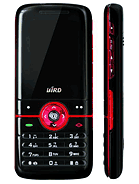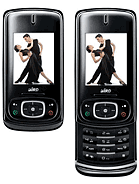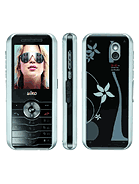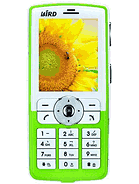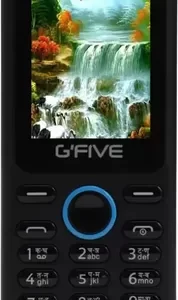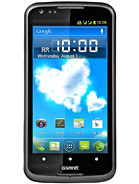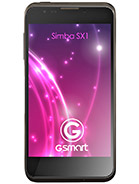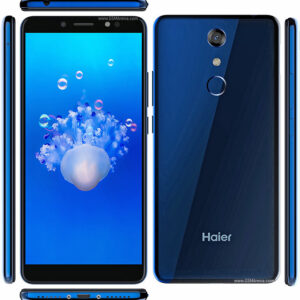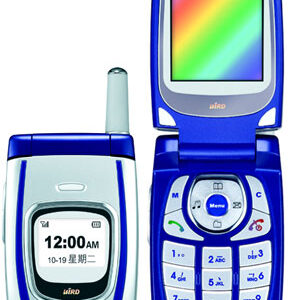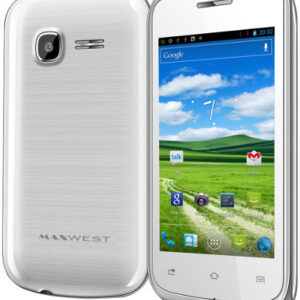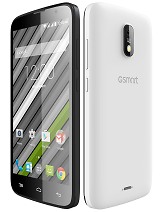Bird V79 Overall Review
Introduced in Q2 2005, the Bird V79 emerged during a period of rapid evolution in the mobile phone industry, targeting users seeking functionality and simplicity. This model featured a STN display capable of showing 65K colors, which, while not as vibrant as today’s OLED or LCD screens, was quite standard for the time, offering sufficient clarity for daily use.
One of the standout features of the Bird V79 is its 1620 mAh battery, a notable capacity given the era, ensuring extended use between charges. This was particularly appealing for users prioritizing battery life in their mobile phone selection.
Though detailed information on its memory, camera, and connectivity options is sparse, devices like the Bird V79 typically came with basic multimedia and communication features. These often included SMS capability, simple built-in games, and possibly a basic camera, catering to the straightforward needs of phone users at the time.
Bird V79 Pros and Cons
Pros:
- Long battery life thanks to its 1620 mAh capacity, exceeding many contemporaries.
- The STN display with 65K colors provided clear visual output for its time.
- Simple and durable design, typical of the era, focusing on basic phone functionality.
Cons:
- Limited by the technology of its time, lacking modern smartphone features such as high-speed internet, advanced applications, and multimedia capabilities.
- The STN display technology is outdated compared to current LCD and OLED screens, offering lower contrast and viewing angles.
- Memory and storage capabilities likely restricted, in line with the era’s standards, limiting the number of contacts, messages, and additional content that could be stored.
